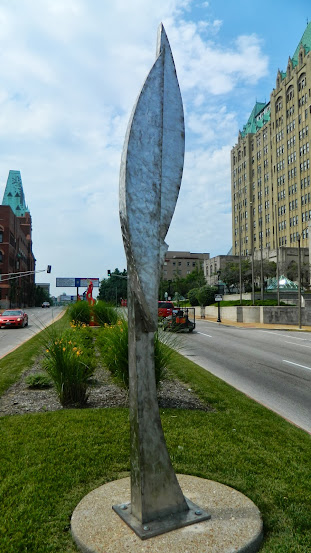 "What hurts us most is our silence; the things that we cannot say, the experiences we cannot share with others." ~Author Unknown
"What hurts us most is our silence; the things that we cannot say, the experiences we cannot share with others." ~Author UnknownI first became sick with Lyme disease in 2006. I was lonely and well ... terrified really. I began blogging on MySpace as a kind of therapy. I was bed-ridden, so I even had time to learn some html coding to make my blog pretty.
As a young woman, I’d always wanted to “be a writer”, and I always thought that if I wrote about what was personal to me, the things closest to my heart, that it might reach others who were struggling with secrets of their own. Blogging became a means of self-expression, and a way for me to “come out” as a writer and creative person.
I wanted to communicate my experience with Lyme disease and make connections with others who also suffered. I tried to do that, bravely as possible. But the truth was that there were areas of my own life where I lacked the courage to fully “break the silence”.
I couldn’t bring myself to talk explicitly about how my brother’s death in 1994 and my arrival in America from Scotland immediately after college had led me to seek the security and comfort of a spiritual organization. This group taught techniques for meditation and "energy healing".
I worked in a paid position for a Vietnamese teacher and his family. For ten years I devoted almost every waking minute to the care of the “business” of the group and to the needs of the Teacher’s family. For at least half of that time I felt trapped, watching the world “outside” pass me by. I longed to stretch my wings, to make greater use of my gifts and talents and honestly, to enjoy my life.
Apocalyptic messages of future global catastrophe, and the dire warnings of what terrible things might happen to me if I left kept me stuck much longer than my passion for “spiritual enlightenment”.
In 2008 I was finally able to leave and begin building my life on the “outside”. I had a boyfriend. I found a real job as a teaching assistant. I rented my own apartment. I even went back to college. I didn't want people to think I was weird. I didn't want them to know that I’d made what seemed like some ill-advised life decisions; choices made when I was still inexperienced in life and very trusting; a time when I was the most vulnerable.
If I used the word “cult” it would bring up awful images of Hare Krishna devotees, or even worse ... Jim Jones. It would reduce a complex experience, the very fabric of my life to a banal stereotype. I felt it would deny the rich experiences and relationships I'd had during those years.
It would also mean losing acceptance from the community I’d been a part of for ten years. I would possibly lose the benevolent shelter of those in charge, along with my beloved friends. In this group I had felt that I was safely tucked under God’s wing, as though nothing “bad” would ever happen to me again. Without it, I was in free-fall.
So there I was, sharing intimate glimpses of my life on-line in my blog, and yet completely unable to speak the truth about who I was even to the people closest to me in real life. Perhaps enough time has passed, perhaps I’m just tired of trying to write around the edges of my life. Every time I’ve sat down to write a blog in the last five years, the words have echoed in my mind, "What hurts us most is our silence; the things we cannot say, the experiences we cannot share with others."
What I need, what I believe most of us need, is the freedom to be authentically, genuinely ourselves. So for that reason I am saying the things that have remained unsaid, sharing this experience with others, finally breaking my silence.

 Covert Mantra
Covert Mantra Suspension-Anonymity
Suspension-Anonymity Let Go My Love
Let Go My Love



























